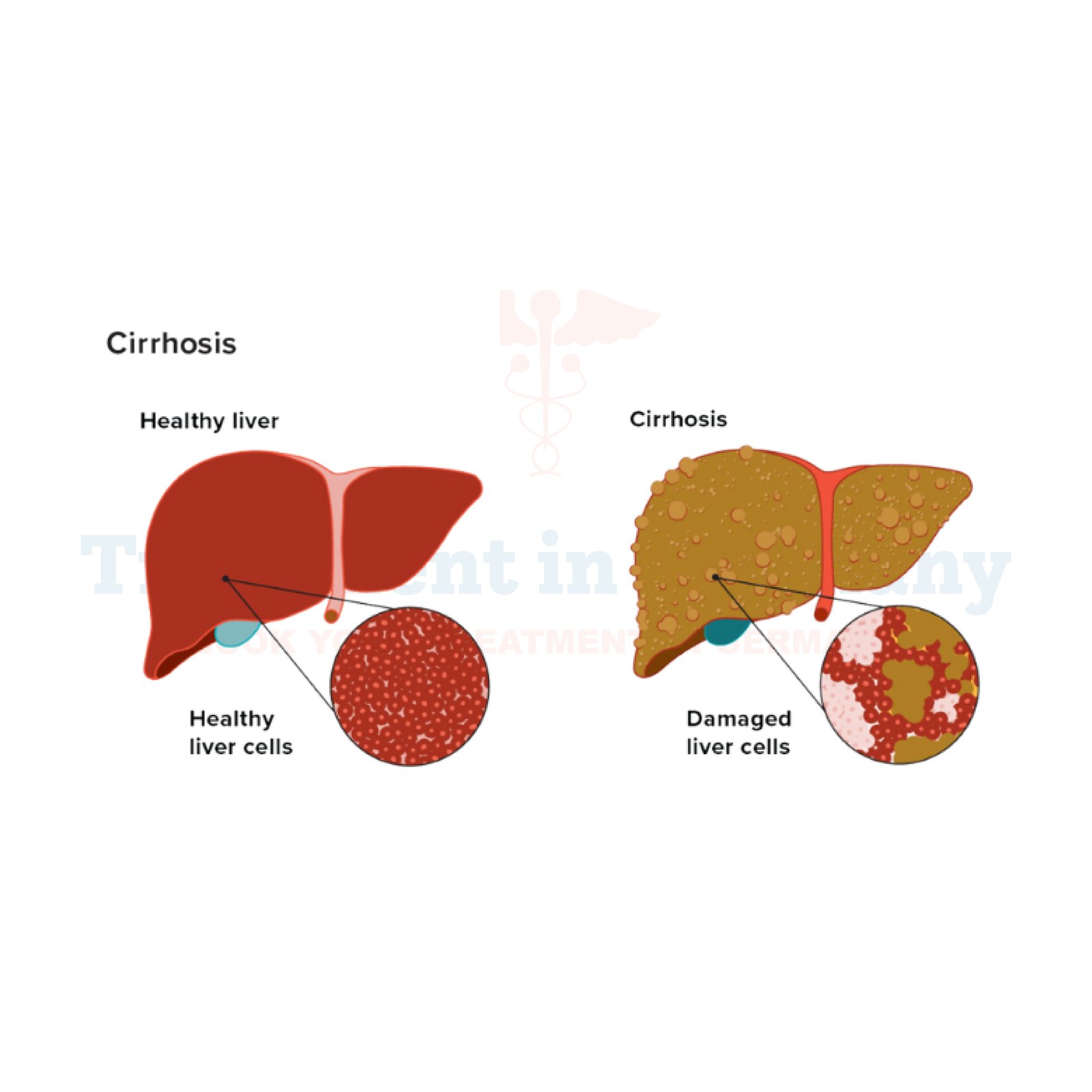What is Cirrhosis:
Cirrhosis is a progressive liver disease characterized by the replacement of healthy liver tissue with scar tissue. This scarring disrupts the liver's normal structure and function, impeding its ability to perform vital tasks such as detoxification, metabolism, and production of proteins necessary for blood clotting.
Cirrhosis typically develops over time, often as a result of chronic liver conditions like hepatitis, long-term alcohol abuse, or fatty liver disease.
Side effects of Cirrhosis:
The symptoms of cirrhosis can vary widely depending on the stage of the disease and the extent of liver damage. Early stages may present with no noticeable symptoms, but as the disease progresses, patients may experience:
Left untreated, cirrhosis can lead to serious complications such as liver failure, portal hypertension, and an increased risk of liver cancer.
How is Cirrhosis diagnosed?:
Diagnosing Cirrhosis typically involves a combination of medical history review, physical examination, and diagnostic tests. Your healthcare provider may inquire about your alcohol consumption, medical history, and symptoms.
During a physical exam, they may check for signs of liver damage such as an enlarged liver or spleen, fluid buildup, or jaundice.
Diagnostic tests commonly used to confirm cirrhosis include:
Potential treatments of Cirrhosis:
While there is no cure for cirrhosis, treatment aims to manage symptoms, slow disease progression, and prevent complications. Treatment plans are tailored to each patient's specific needs and may include:
👉 Contact us for further information and receive a
complimentary consultation.

.webp)
.webp)
 (1).webp)
 (1).webp)


.webp)
.webp)
 (1).webp)
 (1).webp)

